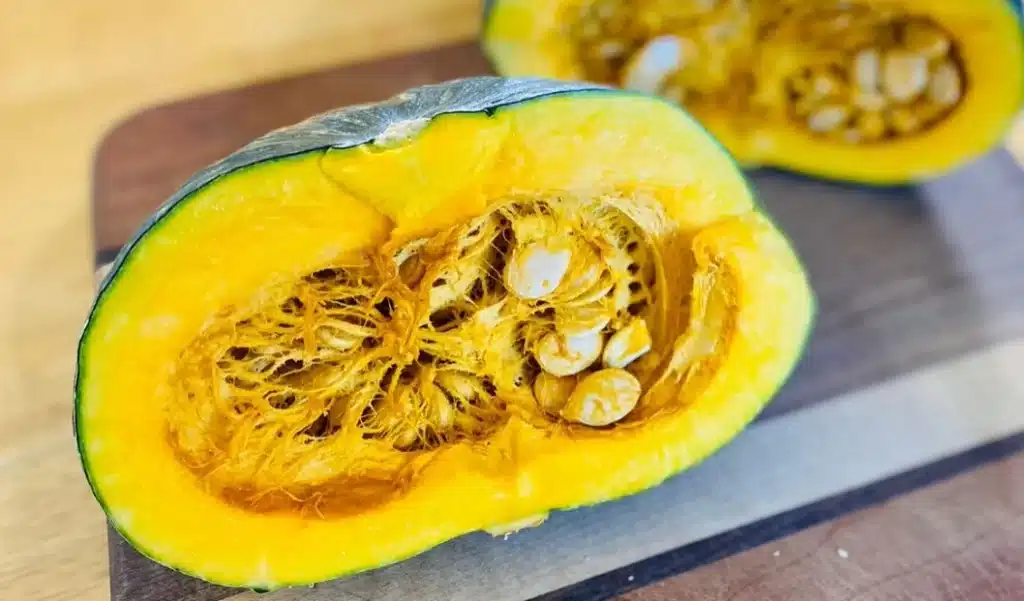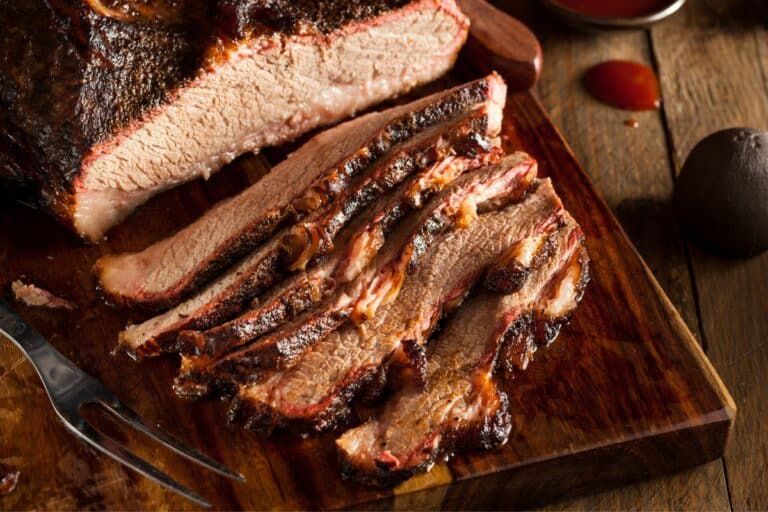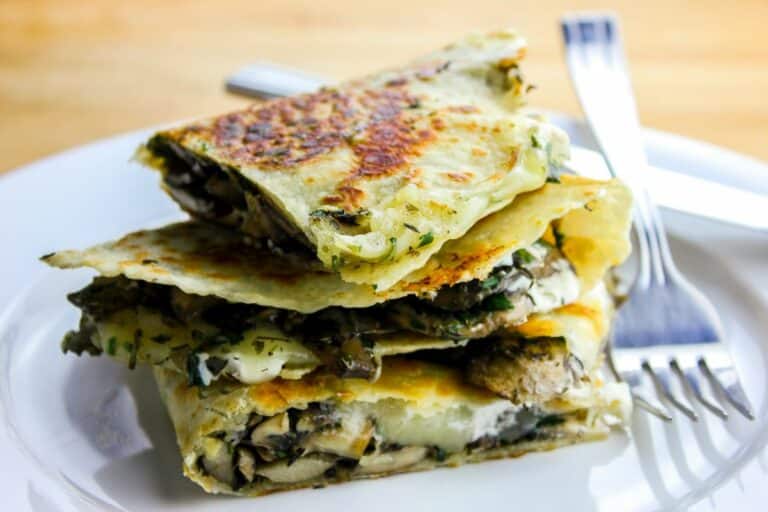Chinese Squash Recipes Kabocha Vegan
Chinese Kabocha Squash Vegan Recipes Healthy, Flavorful Plant-Based Dishes
Discover the best Chinese kabocha squash vegan recipes, from stir-fry to soup, for healthy, flavorful meals that blend sweet kabocha with bold Chinese spices.
Transparency Notice: This article contains affiliate links. Purchases made through them help fund our family’s recipe testing and travels—always at no extra cost to you. We only recommend products we personally use and trust. Learn more about our disclosure policy.
Kabocha Squash Vegan Guide at a Glance
Discover the best Chinese kabocha squash vegan recipes, from stir-fry to soup, for healthy, flavorful meals.
Kabocha squash, with its naturally sweet, nutty flavor and luxuriously creamy texture, is a true star ingredient in Chinese kabocha squash vegan recipes that celebrate both nutrition and incredible taste. Perfect for creating authentic plant-based Chinese cuisine, this vibrant winter squash adds both substantial nutrition and remarkable depth to beloved dishes like aromatic stir-fries, warming soups, and delicate dumplings that will satisfy even the most discerning palates.
At Mangoes and Palm Trees, we’ve thoughtfully crafted these exceptional recipes with our signature tropical twist, making them absolutely ideal for vegan cooks of all skill levels—from beginners just starting their plant-based journey to experienced home chefs looking to expand their repertoire. Packed with essential vitamins, beneficial fiber, and antioxidants, kabocha squash has become a cherished staple in our comprehensive plant-based meal plans.
Ready to dive into these delicious, healthy dishes that will transform your kitchen into a tropical paradise? Let’s start your exciting culinary journey with kabocha squash recipes that blend traditional Chinese flavors with modern vegan innovation!

Fresh kabocha squash, ready for Chinese vegan recipes.
🥬 Join Our Vegan Cooking Community!
🌱 Instant vegan collection delivery + weekly plant-based tips. Unsubscribe anytime. Read our Privacy Policy.
Why Kabocha Squash Shines in Chinese Vegan Cuisine
Kabocha squash, often lovingly called Japanese pumpkin, is a remarkably nutrient-dense ingredient that elevates Chinese vegan dishes to extraordinary new heights, as noted by culinary experts at The Kitchn. Its naturally sweet, creamy flesh pairs absolutely perfectly with traditional Chinese seasonings like soy sauce, fresh ginger, and aromatic five-spice powder, creating incredibly bold, umami-rich flavors that satisfy even the most discerning palates.
Rich in essential vitamins A and C, kabocha squash provides powerful support for immune system function and digestive health, according to nutritional research from Healthline. At Mangoes and Palm Trees, we absolutely love kabocha’s incredible versatility—try it with our signature mango-ginger sauce for an unforgettable tropical flair that transforms traditional dishes into exciting fusion creations!
Featured prominently in our comprehensive vegetarian recipes collection, kabocha squash has become a beloved fall favorite for creating cozy, healthy meals that bring comfort and nutrition to any table. Its natural sweetness and satisfying texture make it perfect for both simple weeknight dinners and elaborate entertaining spreads.
For additional vegan inspiration that complements kabocha dishes beautifully, explore our extensive soup collection or try our popular Massaman Curry for more plant-based satisfaction!
Essential Tools Needed for Kabocha Squash Recipes
Selecting the Perfect Kabocha Squash
For comprehensive information about kabocha squash varieties and growing seasons, visit the detailed guide at Wikipedia’s kabocha entry.
Top Chinese Kabocha Squash Vegan Recipes
1. Kabocha Squash Stir-Fry: Quick and Flavorful
⏱️ Timing: Prep Time: 15 minutes | Cook Time: 15 minutes | Total Time: 30 minutes
👥 Serves: 4 people
Complete Ingredient List
Step-by-Step Instructions
- Heat the Wok: Heat 1 tbsp vegetable oil in a wok over medium-high heat until shimmering.
- Aromatics First: Add minced garlic and ginger, stir-fry for 30 seconds until fragrant.
- Cook the Squash: Add kabocha squash cubes, stir-fry for 10-12 minutes until tender and lightly caramelized.
- Season and Finish: Stir in soy sauce, sesame oil, and sugar; cook 1 minute more to combine flavors.
- Garnish and Serve: Garnish with green onions and serve immediately with steamed rice.
Nutrition Information (per serving)
2. Kabocha Squash Soup: Creamy Comfort
⏱️ Timing: Prep Time: 15 minutes | Cook Time: 30 minutes | Total Time: 45 minutes
👥 Serves: 4 people
Complete Ingredient List
Step-by-Step Instructions
- Sauté Aromatics: Heat sesame oil in a large pot over medium heat. Sauté onion and garlic for 5 minutes until soft and translucent.
- Add Main Ingredients: Add kabocha squash cubes, vegetable broth, and five-spice powder; bring to a rolling boil.
- Simmer Until Tender: Reduce heat to low, cover, and simmer for 25 minutes until squash is completely tender.
- Blend to Perfection: Using an immersion blender or regular blender, puree until completely smooth and creamy.
- Finish and Season: Stir in soy milk and season with salt. Serve with a drizzle of sesame oil and crusty bread.
Nutrition Information (per serving)

Creamy kabocha squash soup, perfect for fall.
3. Kabocha Squash Dumplings: Delicate and Satisfying
⏱️ Timing: Prep Time: 30 minutes | Cook Time: 15 minutes | Total Time: 45 minutes
👥 Serves: 4 people (20 dumplings)
🥟 Key Features: Roasted kabocha filling, delicate dumpling wrappers, steamed or pan-fried options
Perfect Serving Suggestion: Serve with soy dipping sauce and a fresh Asian salad for a complete meal.
Tropical Variations: Mangoes & Palm Trees Signature Twists
🥭 Mango-Ginger Kabocha Stir-Fry
Add 1/2 cup diced fresh mango and 1 tbsp mango chutney to the basic stir-fry recipe for an incredible tropical twist that’s inspired by our popular Mango Cheesecake Spring Rolls.
🥥 Coconut Kabocha Soup
Replace the soy milk with rich coconut milk for a luxuriously creamy, tropical flavor profile that perfectly complements our plant-based meal plans.
Nutritional Benefits of Kabocha Squash
Learn more about the comprehensive health benefits of squash and other nutritious vegetables at Healthline’s detailed nutrition guide.
Professional Tips for Cooking with Kabocha Squash
- Select Carefully for Best Results: Choose firm, heavy squash with deep green skin and no soft spots or blemishes for optimal flavor and texture.
- Prepare Safely and Efficiently: Always wash thoroughly, use a sharp knife for safe cutting, and carefully remove all seeds and pulp before cooking.
- Season Boldly for Maximum Flavor: Don’t be shy with seasonings—use soy sauce, fresh ginger, garlic, or aromatic five-spice powder to create deep umami flavors.
- Store Properly to Maintain Freshness: Keep whole squash in a cool, dry place for weeks; refrigerate cut pieces in sealed containers for up to one week.
Reader Q&A: Your Kabocha Questions Answered
Q: Can I substitute other squash varieties for kabocha?
A: Yes, butternut squash works well as a substitute, though kabocha’s texture is naturally creamier and sweeter.
Q: Is kabocha squash skin edible?
A: Absolutely! When properly cooked, the skin softens beautifully and adds wonderful texture and additional nutrients to your dishes.
Q: Can I make these recipes gluten-free?
A: Yes! Simply use tamari instead of regular soy sauce, just like we do in our comprehensive gluten-free meal plans.
User Feedback and Creative Variations
Our readers absolutely love these kabocha recipes! @VeganChef on X shared: “This kabocha stir-fry has become my new go-to weeknight dinner! The flavors are absolutely incredible and my whole family asks for it regularly!” Try their creative suggestions or share your own delicious variations in the comments below.
See more inspiring vegan meal ideas in our extensive vegetarian recipes collection.
Watch our Chinese kabocha squash vegan recipe tutorial.
Frequently Asked Questions
How Do I Select a Good Kabocha Squash?
Choose a squash that feels firm and heavy for its size, with deep green skin and no soft spots or visible damage.
What Are the Essential Ingredients for Chinese Kabocha Recipes?
Key ingredients include fresh kabocha squash, soy sauce (or tamari), fresh garlic, ginger, tofu for protein, and aromatic sesame oil.
How Do I Properly Prepare Kabocha Squash?
Wash thoroughly, cut carefully in half with a sharp knife, remove all seeds and pulp, then cube or slice as needed for your recipe.
What Makes These Recipes Uniquely Delicious?
They expertly blend kabocha’s natural sweetness with traditional Chinese spices like five-spice powder, creating complex, satisfying flavors.
What Are the Key Nutritional Benefits?
Kabocha is exceptionally high in vitamins A and C, dietary fiber, and potassium while being naturally low in calories.
Can I Make These Recipes Gluten-Free?
Yes! Simply substitute tamari for regular soy sauce to create completely gluten-free versions of all these delicious dishes.
Rate Our Kabocha Recipe Guide
Did our comprehensive Chinese kabocha squash vegan recipes guide inspire your plant-based cooking? We’d love to hear which recipe became your new favorite! Rate this guide and share photos of your beautiful creations with #MangoesPalmTrees!
Click a star to rate (1-5 stars)
Which Kabocha Recipe is Your Favorite?
Stir-Fry Soup Dumplings Tropical Variations
Vote and share your choice on X with #MangoesPalmTrees!
About the Author
Oliver Mayerhoffer brings decades of professional culinary experience and passionate dedication to plant-based cooking, specializing in Asian vegan cuisine and tropical fusion recipes that celebrate both health and incredible flavor. Having personally explored traditional markets across China, Japan, and Southeast Asia, he possesses deep understanding of authentic Asian cooking techniques, seasonal ingredient selection, and the art of balancing flavors in vegan dishes that satisfy both newcomers and experienced plant-based eaters. Together with Natalia and Victor, he meticulously develops and tests every vegan recipe in their family kitchen, ensuring each dish delivers restaurant-quality results that home cooks can confidently recreate. From bustling street food markets in Beijing to serene temple kitchens in Kyoto, Oliver’s extensive travels and cultural immersion inform his approach to creating vegan recipes that honor traditional Asian cuisine while embracing modern nutritional wisdom and tropical innovation that makes healthy eating an absolute joy.
Conclusion: Embrace the Kabocha Adventure
Chinese kabocha squash vegan recipes offer an absolutely delicious, nutritious way to enjoy this incredible nutrient-packed squash while exploring the bold flavors of plant-based Chinese cuisine. From aromatic stir-fries that sizzle with garlic and ginger to creamy soups that warm the soul, and delicate dumplings that showcase kabocha’s natural sweetness, these dishes expertly blend the squash’s inherent sweetness with traditional Chinese flavors, creating meals that are perfect for any occasion.
Whether you’re planning a cozy weeknight dinner for the family, preparing an impressive feast for friends, or simply looking to add more plant-based nutrition to your regular meal rotation, these kabocha recipes deliver both incredible taste and substantial health benefits that will keep everyone satisfied and nourished.
The beauty of cooking with kabocha lies in its incredible versatility—it adapts beautifully to both traditional Chinese seasonings and our signature tropical twists, creating fusion dishes that bridge cultures while celebrating the very best of vegan cooking innovation.
Have you tried our kabocha recipes yet? We’d absolutely love to hear about your culinary adventures! Share your favorite dish discoveries, creative variations, or cooking tips in the comments below, or tag us on social media with #MangoesPalmTrees so we can celebrate your delicious creations with our community of plant-based cooking enthusiasts!
Ready to explore even more exciting vegan possibilities? Don’t miss our extensive vegetarian recipes collection or discover our comprehensive healthy meal plans that make plant-based eating both delicious and effortless.
Happy cooking, and may every kabocha dish you create bring warmth, nutrition, and joy to your table! 🎃🥢✨







